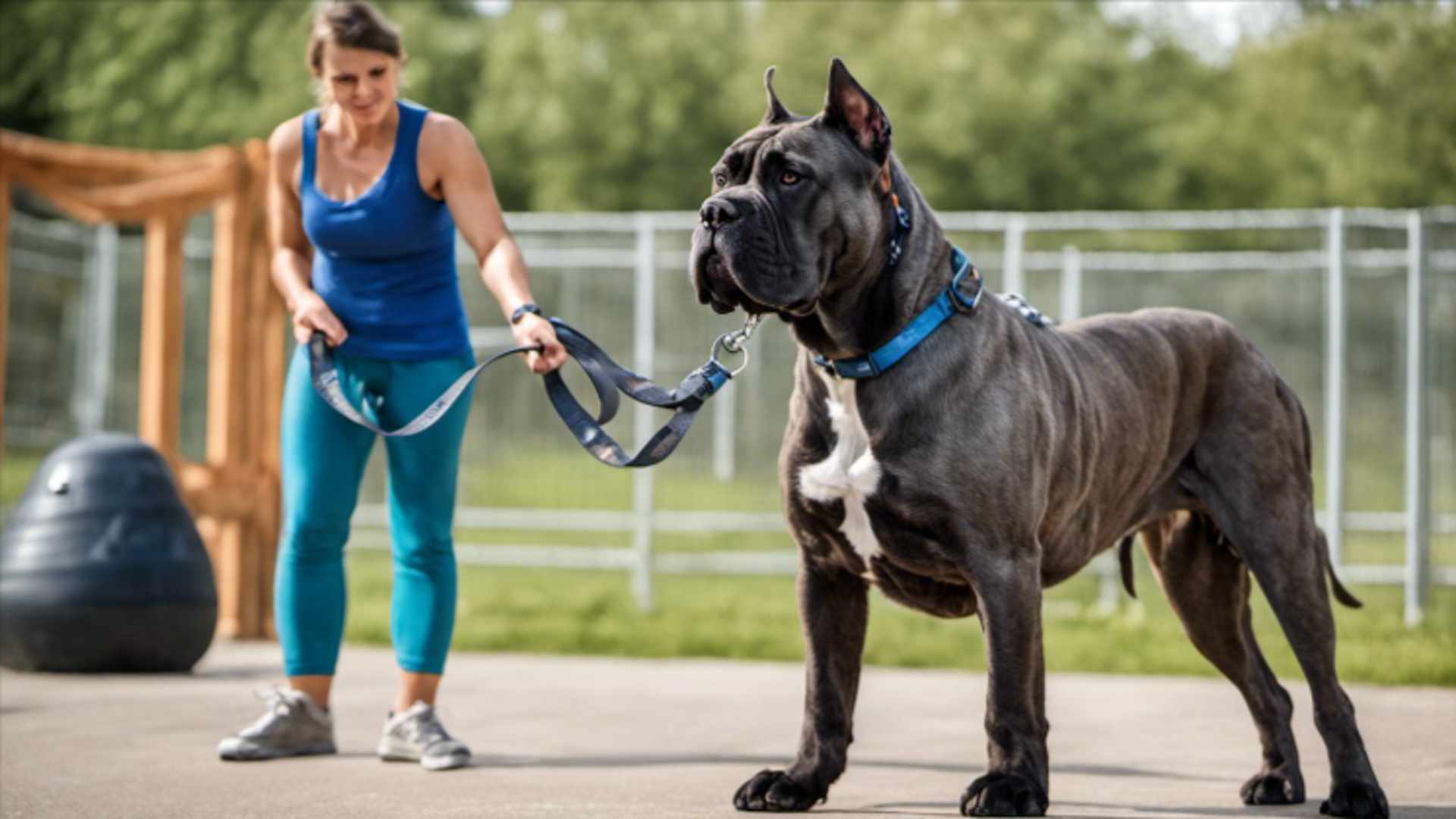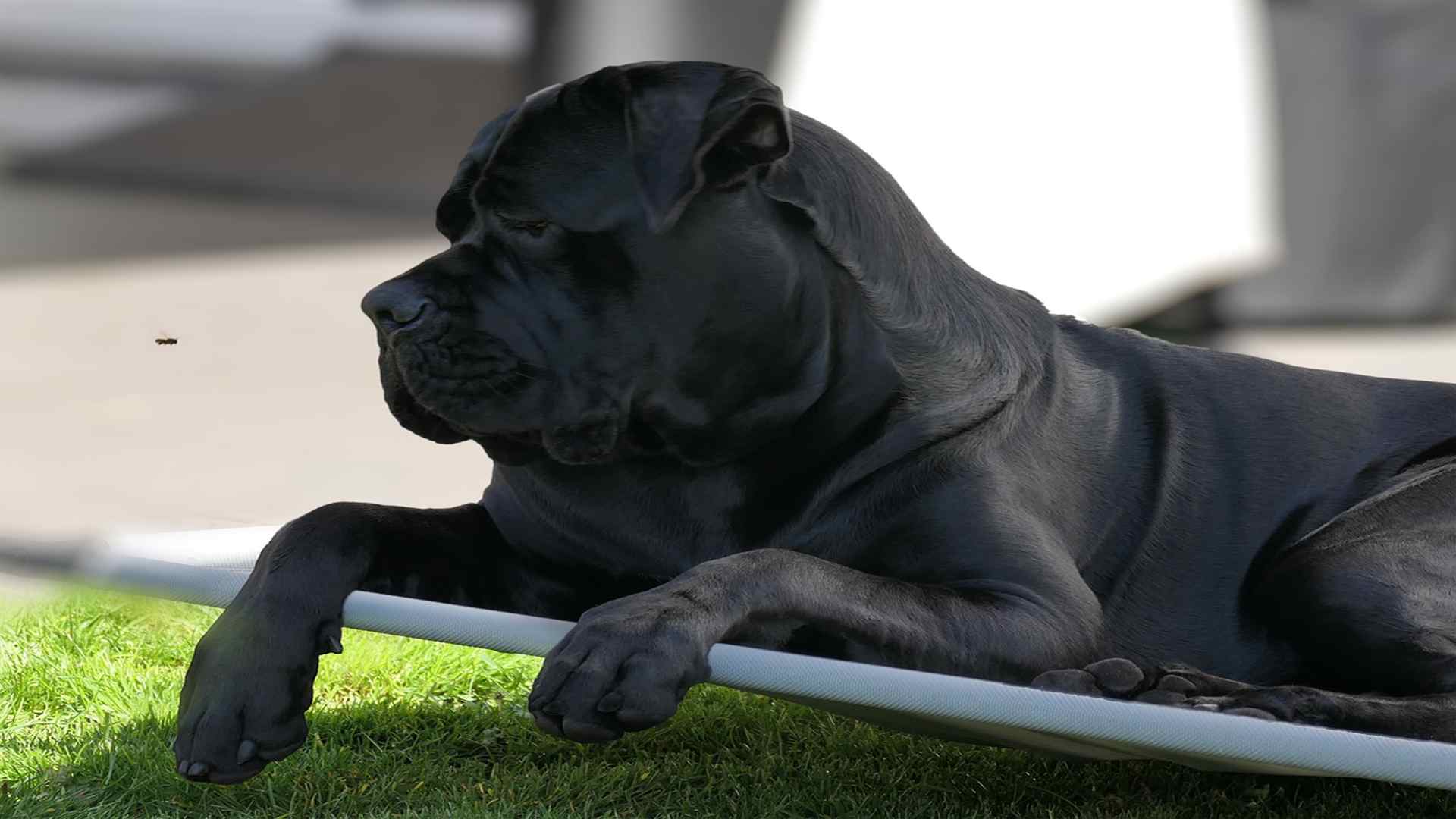Do you love pugs? Do you think they’re the cutest dogs in the world? Well, you’re not alone! Pug’s Short Snouts are one of the most popular dog breeds in the world. But do you know everything about pug’s short snouts?
Pugs have short snouts because of a condition called brachycephalic syndrome. This is a congenital condition that causes the bones in their face to be shorter than normal.
For example, pugs with short snouts are more likely to experience respiratory problems.
If you’re planning to buy a short snout pug, you should know more about these creatures.
Let’s get started.
Do all Pugs have Short Snouts?
No, not all pugs have short snouts. There are two types of pugs: those with short snouts (brachycephalic) and those with long snouts (mesocephalic).
Brachycephalic pugs are the more popular type, but mesocephalic pugs are becoming more popular in recent years.
The Pug’s short snout can cause health problems, including difficulty breathing, overheating, and tooth crowding. Pugs with shorter noses may also snore more loudly.
If you’re considering getting a Pug, be sure to do your research and talk to your veterinarian about the health risks associated with their short snouts. While they may be cute, pugs with short noses need extra care and attention to stay healthy and happy.
Why were pugs bred with short snouts?
Pugs were originally bred to be companions for Chinese emperors. The short snout was a desired trait because it made the pug look more like a lion, which was considered a symbol of power and strength.
Today, the short snout is one of the most distinguishing features of the pug breed. Pugs with shorter snouts are often considered to be more desirable than those with longer snouts.
Artificial selection
Pugs were originally bred to have longer snouts, but they have been bred to have shorter and shorter snouts over time. This is due to the popularity of the “flat-faced” look that many people find attractive in these dogs.
However, this artificial selection has led to some health problems for the pug, as their shortened snouts can make it difficult to breathe correctly.
Genetic mutation
Pugs with short snouts are the result of a genetic mutation. This mutation is thought to have occurred in China, where the pug is believed to have originated. Pugs with short snouts are often called “Chinese pugs” or “miniature pugs.”
Health problems
While the genetic mutation that causes a pug’s short snout is not well understood, it is thought to be responsible for some of the health problems associated with the breed. These health problems include respiratory difficulties and an increased risk of heatstroke and many other diseases such as:
- Lung problems. Pugs with short snouts are more likely to suffer from respiratory problems. Because they have a shorter nose, they have less space for their airway. This can lead to difficulty breathing, especially during exercise.
- Hip dysplasia. Hip dysplasia is common in pugs with short snouts. This condition is caused by a malformation of the hip joint, which can lead to pain and lameness. Treatment typically involves weight management and exercise modification, but surgery may also be necessary in severe cases.
- Eye diseases. Pugs are especially prone to a number of eye diseases, including corneal ulcers, which can be painful and require treatment.
- Upper respiratory. Pugs with short snouts often have upper respiratory problems due to the way their anatomy is shaped.
Their nostrils are much narrower than average, which can make it difficult for them to breathe correctly.
If you’re thinking about getting a pug, do your research and choose a reputable breeder. Pugs with short snouts can be healthy and happy dogs, but they require special care and attention.
Susceptible to eye infections
Pugs with shorter snouts are also more susceptible to developing eye infections. This is because their eyes are more exposed.
Short-snouted pugs are also more prone to snoring. This is because their airways are narrower, which can cause the tissues in their throat to vibrate when they breathe.
Average lifespan
Pugs with short snouts typically have a lifespan of around 12 years. However, this number can differ slightly based on factors such as diet and health conditions. Nevertheless, pugs with shorter snouts tend to enjoy relatively long lifespans compared to other dog breeds.
Are there any other Short Snouts breeds?
Yes, other breeds of dogs share the same unique short snout as the Pug.
These include:
- Pekingese
- Boston Terrier
- Bulldog
All of these breeds have been bred to have shorter faces over time. This is due to brachycephalization when the bones in the skull are shortened.
Ok, so we know that these beautiful creatures might have health issues. However, how they used to look like before the selection bred?
In a recent article, I cover how and why they were bred to make them look like the dogs that we know today.
Are Short Snouts pugs less intelligent?
This is a common misconception about pugs with short snouts. In fact, pugs with shorter snouts are just as intelligent as their longer-snouted counterparts. The difference in intelligence is due to the difference in muzzle length, not snout length.
Pugs with shorter snouts have muzzles less than half the length of their skulls. This shortened muzzle can lead to many health problems, including difficulty breathing and an increased risk for heatstroke.
Dental issues
Pugs with short snouts also have a higher likelihood of developing dental problems. Because their teeth are crammed into a smaller space, they are more likely to experience crowding and misalignment. This can lead to decay and gum disease.
They can’t regulate their body temperature
Pugs with short snouts can’t regulate their body temperature as efficiently as other dogs. This means they’re more susceptible to heatstroke and need to be kept cool in warm weather.
They also can’t tolerate exercise in hot weather very well, so it’s important to keep an eye on them if they’re out playing in summer.
If you’re considering a pug with a short snout, be sure to talk to your veterinarian about the potential health risks. While they may not be as intelligent as their longer-snouted counterparts, they can still make great pets. Just be sure to give them the extra care and attention they need to stay healthy and happy.
Reproduction
Pugs with short snouts have a higher likelihood of having trouble reproducing. This is because their reproductive organs are often smaller and less developed than those of other pug varieties. Additionally, pugs with short snouts may have difficulty giving birth due to the narrower shape of their bodies so they might need some help from their owner!
If you’re thinking about breeding pugs with short snouts, it’s important to consult with a veterinarian first. They can help you determine if it’s a good idea, and they can also guide how to do it safely.
A veterinarian explains
Conclusion
Pugs with short snouts are still relatively rare, so if you’re lucky enough to have one, you might want to consider keeping him or her as a pet! They make great companions and will surely bring a lot of joy to your life.





